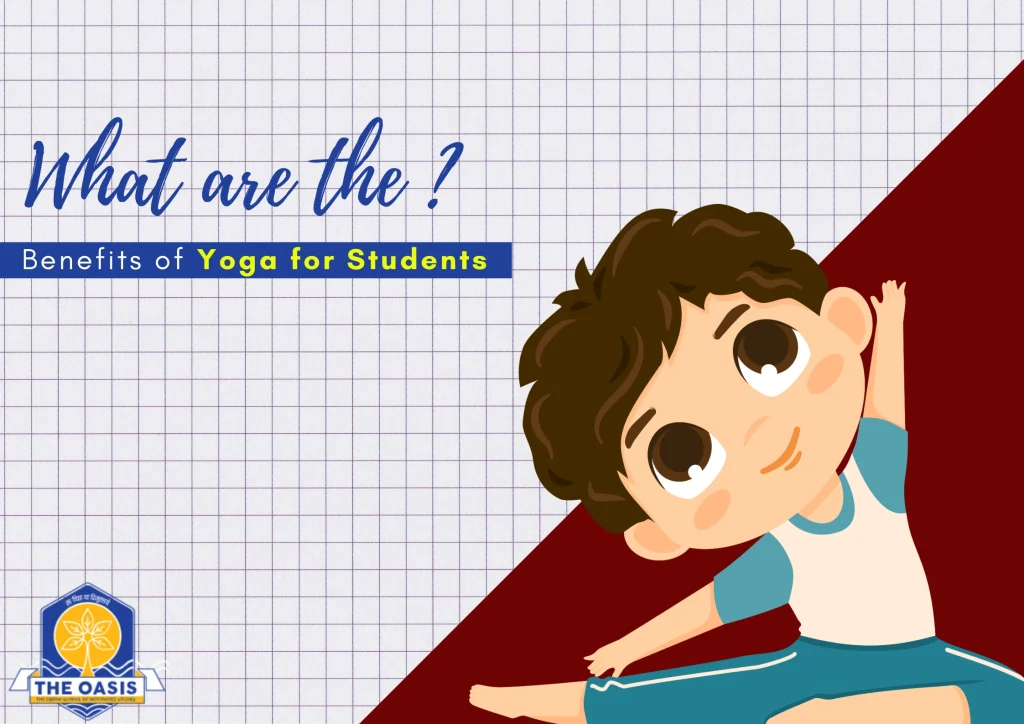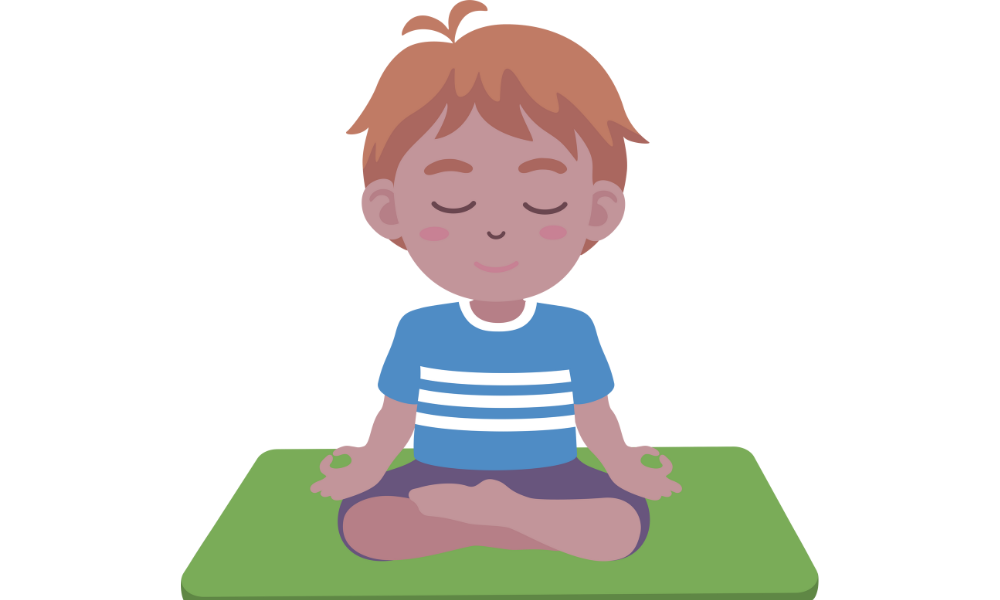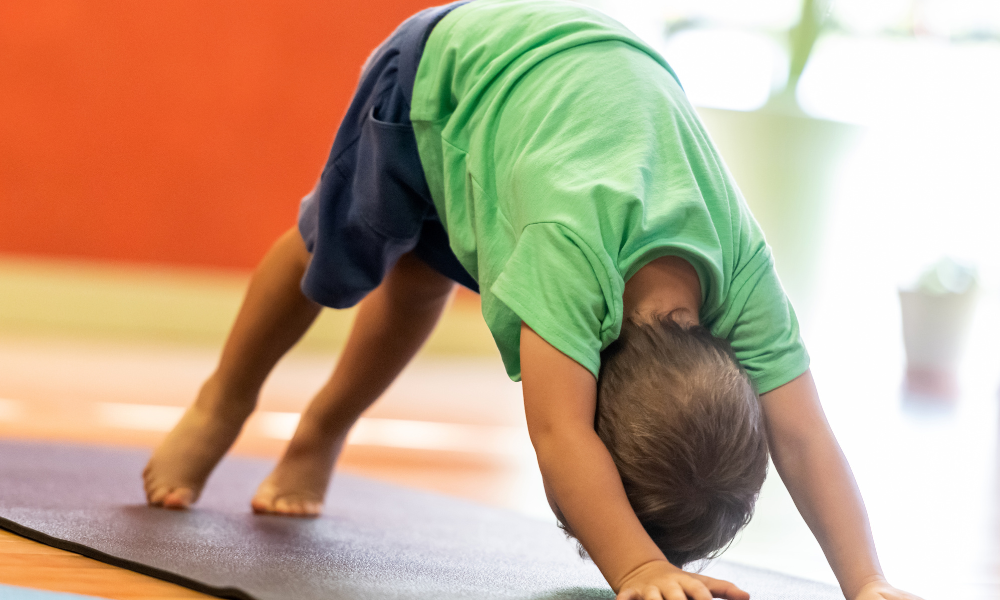
In today’s fast-paced academic environment, students face immense pressure from studies, extracurricular activities, and social responsibilities. Practicing yoga can be a game-changer, helping students manage stress, improve concentration, and maintain physical well-being. The benefits of Yoga for Students go beyond just physical fitness; it also plays a crucial role in mental and emotional development.
Many institutions, including some of the Best Boys Boarding Schools in India, integrate yoga into their curriculum to promote holistic growth in students. By incorporating yoga into daily routines, students can experience increased focus, better memory retention, and enhanced emotional stability.
- The Top Benefits of Yoga for Students:
- 1. Enhances Concentration and Focus
- 2. Reduces Stress and Anxiety
- 3. Boosts Memory and Cognitive Function
- 4. Improves Physical Health
- 5. Enhances Emotional Well-being
- 6. Improves Sleep Patterns
- 7. Promotes Self-Discipline and Time Management
- 8. Encourages a Healthy Lifestyle
- 9. Develops Social Skills and Empathy
- 10. Enhances Overall Academic Performance
- How Schools Can Integrate Yoga into Student Life
- Frequently Asked Questions (FAQs)
The Top Benefits of Yoga for Students:

1. Enhances Concentration and Focus
One of the most significant benefits of Yoga for Students is its ability to improve concentration. Regular yoga practice strengthens the brain’s cognitive functions, making it easier for students to focus during classes and exams.
- Increases attention span and mental clarity.
- Reduces distractions and improves productivity.
- Enhances problem-solving skills and logical thinking.
2. Reduces Stress and Anxiety
The pressure of academics and social expectations often leads to stress and anxiety among students. Yoga helps in:
- Lowering cortisol levels, the hormone responsible for stress.
- Promoting relaxation through deep breathing exercises.
- Enhancing emotional stability and reducing mood swings.
3. Boosts Memory and Cognitive Function
Yoga helps in increasing blood flow to the brain, which enhances memory and cognitive abilities. This is particularly beneficial for students preparing for exams.
- Improves retention power and recall abilities.
- Strengthens neural pathways for better learning.
- Encourages mindfulness, which enhances comprehension skills.
4. Improves Physical Health
A sedentary lifestyle and prolonged sitting in classrooms can negatively impact a student’s posture and overall health. Yoga promotes:
- Better flexibility and posture.
- Stronger muscles and bones.
- Improved respiratory and cardiovascular health.
5. Enhances Emotional Well-being
Students often struggle with emotional fluctuations due to peer pressure and academic stress. Yoga helps regulate emotions by:
- Encouraging self-awareness and mindfulness.
- Building confidence and self-esteem.
- Promoting positive thinking and emotional balance.
6. Improves Sleep Patterns
Students frequently deal with sleep deprivation due to late-night study sessions and excessive screen time. Practicing yoga:
- Regulates sleep cycles and enhances sleep quality.
- Relaxes the nervous system, promoting deeper sleep.
- Reduces insomnia and restlessness before exams.
7. Promotes Self-Discipline and Time Management
Regular yoga practice instills a sense of discipline and responsibility in students, which translates into better time management and organization skills.
- Encourages routine and consistency.
- Helps students develop a structured daily schedule.
- Enhances patience and perseverance in academic tasks.
8. Encourages a Healthy Lifestyle
Yoga cultivates healthy habits, inspiring students to:
- Make better food choices and maintain a nutritious diet.
- Stay active and avoid a sedentary lifestyle.
- Develop mindfulness in their daily activities.
9. Develops Social Skills and Empathy
Practicing yoga in group settings, such as school yoga classes, helps students:
- Foster teamwork and cooperative learning.
- Develop empathy and understanding towards others.
- Build strong peer relationships and social skills.
10. Enhances Overall Academic Performance
All the above benefits contribute to better academic performance by ensuring that students are physically, mentally, and emotionally well-equipped to handle school challenges.
- Increased focus and concentration lead to better grades.
- Reduced stress helps students perform well under pressure.
- Improved memory retention makes learning more effective.
How Schools Can Integrate Yoga into Student Life

1. Incorporating Yoga in the Daily Schedule
Schools can introduce short yoga sessions in the morning or during breaks to help students refresh their minds and bodies.
2. Offering Yoga as an Extracurricular Activity
Encouraging students to join yoga clubs or after-school yoga classes can make it a regular part of their routine.
3. Teaching Breathing and Meditation Techniques
Guided breathing exercises and meditation can help students stay calm, manage stress, and improve their emotional resilience.
4. Including Yoga in Physical Education Curriculum
Adding yoga to PE classes ensures students develop flexibility, strength, and mental clarity alongside traditional sports.
5. Encouraging Yoga Challenges and Competitions
Schools can organize yoga challenges, workshops, or inter-school yoga competitions to motivate students and spread awareness about the benefits of Yoga for Students.



